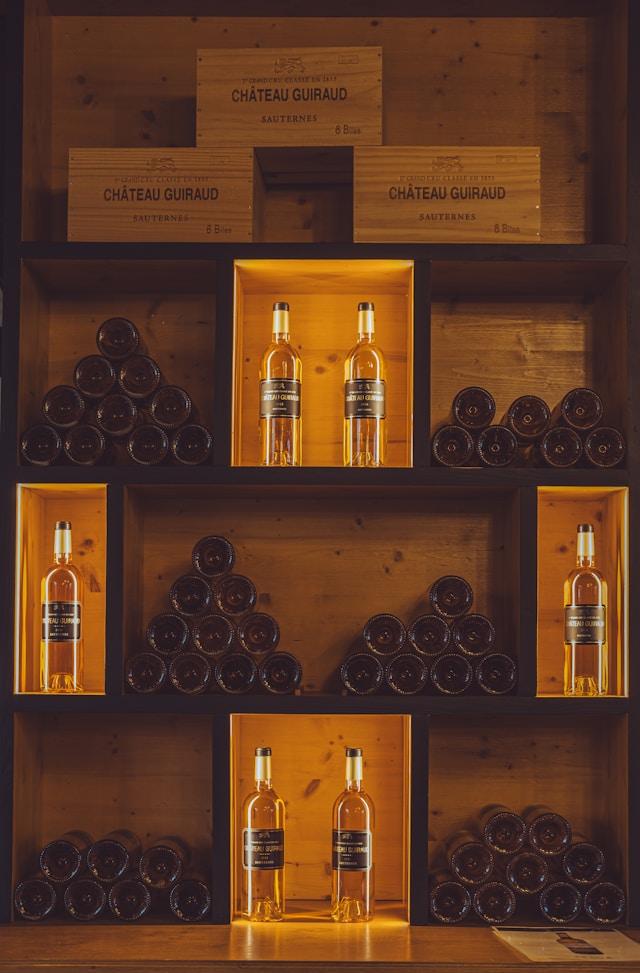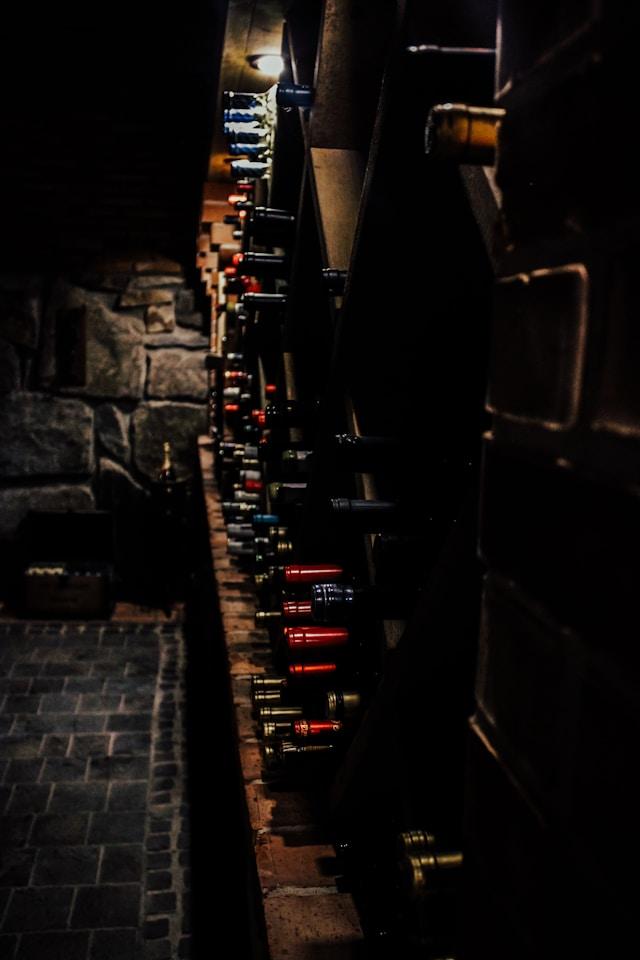
Proper wine storage is essential for preserving the quality and flavor of your wine collection. Whether you’re storing bottles for a few weeks or aging them for years, following the right techniques will ensure that your wine remains at its peak. Here’s a comprehensive guide on how to store wine at home, covering temperature, humidity, positioning, and more.
1. Keep Wine at a Stable Temperature
Temperature is one of the most critical factors in wine storage. Wines are sensitive to heat and cold, so maintaining a consistent, moderate temperature is key.
- Ideal Temperature: The best temperature range for storing wine is between 45°F and 65°F (7°C to 18°C), with 55°F (13°C) being the ideal sweet spot.
- Why It’s Important: Storing wine at high temperatures (above 70°F) can cause it to age too quickly and spoil, while very cold temperatures can freeze the wine and push the cork out. Temperature fluctuations can also lead to wine expansion and contraction, which can damage the seal and spoil the wine.
- Tip: If you don’t have a wine fridge or cellar, try to find a cool, dark area in your home that has a relatively stable temperature, like a basement or interior closet.
2. Maintain Proper Humidity

Humidity plays a significant role in keeping your wine bottles in optimal condition, especially for long-term storage.
- Ideal Humidity Level: The ideal humidity for wine storage is between 50% and 70%.
- Why It’s Important: If the environment is too dry (below 50%), corks can dry out, shrink, and allow air to enter the bottle, which can spoil the wine. On the other hand, too much humidity (above 70%) can cause mold to form on labels and corks, although this is less of a risk for the wine itself.
- Tip: If you’re storing wine in an area with low humidity, consider placing a bowl of water nearby to add moisture to the air. For areas that are too humid, use a dehumidifier.
3. Store Wine Bottles Horizontally

The way you position your wine bottles can affect the longevity and quality of the wine, particularly when it comes to corked bottles.
- Why Horizontal Storage Matters: Storing wine bottles on their side keeps the cork in contact with the wine, preventing it from drying out and shrinking. A dry cork can allow air to seep into the bottle, which can lead to oxidation and spoilage.
- Tip: Invest in a wine rack that stores bottles horizontally. If your wine has screw caps or synthetic corks, positioning is less important, but horizontal storage is still a space-efficient method.
4. Avoid Direct Light Exposure

Light, especially UV rays, can degrade wine over time by causing chemical reactions that alter its flavor and aroma. This is why most wine bottles are made of dark glass—to protect the wine from harmful light exposure.
- Tip: Store wine in a dark, shaded area away from direct sunlight or fluorescent lights. If you don’t have a dark space available, consider investing in a UV-protected wine cabinet or wrap the bottles in cloth to shield them from light.
5. Minimize Vibration and Movement
Wine is a delicate product, and constant vibration or movement can disturb its aging process by agitating the sediment in the bottle, which can negatively affect the flavor and texture.
- Tip: Store your wine in a place where it won’t be exposed to frequent vibrations, such as from household appliances, or movement like doors being opened and closed. If you have a wine fridge, ensure that it’s a model designed to minimize vibrations.
6. Limit Oxygen Exposure
Oxidation is one of the biggest enemies of wine. Once a bottle is opened, oxygen starts to break down the wine, which can quickly lead to spoilage.
- Tip for Open Bottles: If you have leftover wine, use a vacuum wine stopper to remove air from the bottle or transfer the wine into a smaller container that limits the amount of oxygen exposure. For short-term storage of open bottles, refrigeration can slow down oxidation, even for red wines.
7. Don’t Store Wine in the Kitchen
While it may seem convenient to store wine in the kitchen for easy access, this is generally not a good idea.
- Why Not the Kitchen?: Kitchens are often subject to fluctuating temperatures from cooking, and the heat from ovens or stovetops can negatively affect the wine. Additionally, refrigerators tend to be too cold and have low humidity, which is not ideal for long-term storage.
- Tip: If you must store wine in the kitchen, place it in a wine fridge or wine cabinet, away from heat sources.
8. Plan for Long-Term vs. Short-Term Storage
The storage method you choose depends on how long you plan to keep the wine. Wines meant for long-term aging require more careful storage than those you plan to drink in the short term.
- Long-Term Storage: If you’re planning to age wine for several years, invest in a wine cellar or temperature-controlled wine fridge that keeps the environment stable. Age-worthy wines, such as fine reds or vintage ports, benefit from these optimal conditions.
- Short-Term Storage: For wines you plan to drink within a few weeks or months, a cool, dark place away from direct heat and light will suffice. Short-term storage is less sensitive to temperature fluctuations.



